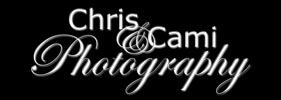Ocular Surgery News assigned me to photograph an “Environmental Portrait” of Dr. Edward Wilson, M.D., for the cover of their magazine. He’s the director of the Storm Eye Institute at MUSC. More than just a portrait of a person, an Environmental Portrait should tell something about the person. So we posed Dr. Wilson in one of the examination rooms. Everyone that’s ever had an eye exam will instantly recognize the instruments in the background, giving a visual connection to what Dr. Wilson does.
The natural light in the room was horrible. So I brought in some creative lighting to make the portrait more interesting.
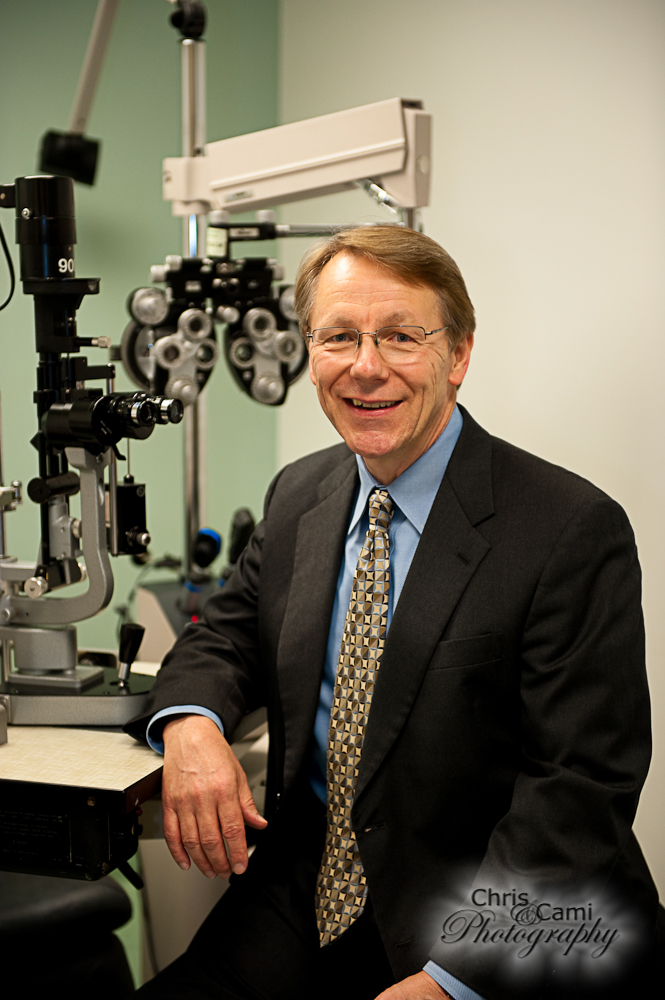
First I added a main light to my right by firing a Nikon SB-800 through a Lastolite EZYBox. Why a softbox instead of an umbrella? I knew I wanted to light the background. Selecting a softbox allows me to better control the spill of the main light onto the background. An umbrella splashes light everywhere and would have contaminated the color of the light I was going to use in the background.
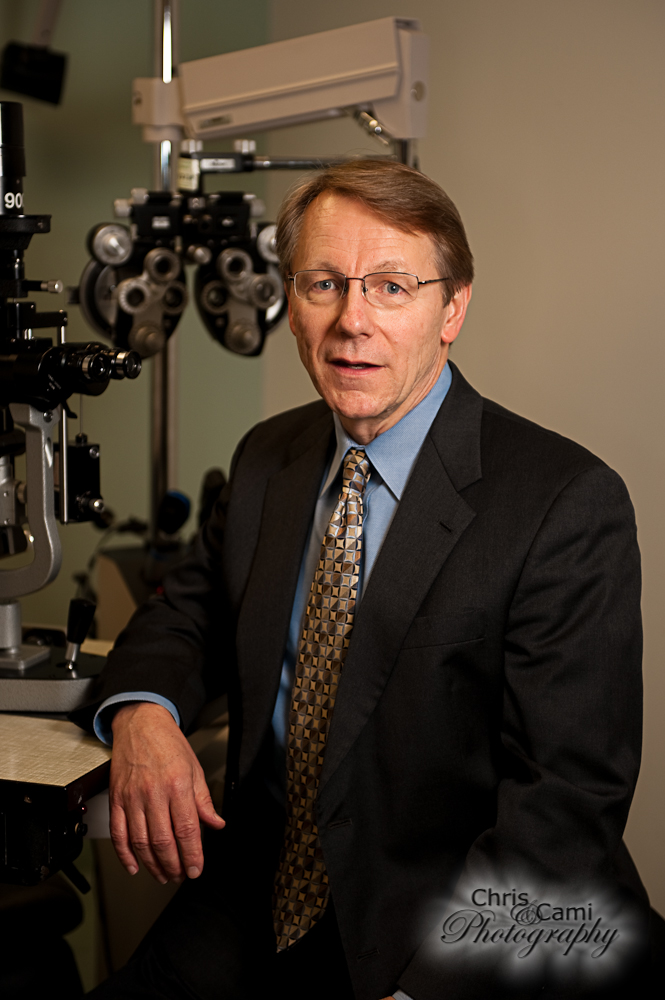
Next I added a warm Accent Light behind Dr. Wilson to my left. I used a 1/4 CTO warming gel on another Nikon SB-800 and fired it through a Honl grid to give me a warm shaft of focused light. This light helps separate Dr. Wilson from the background and accents his hair, the shadow side of his face, and his back shoulder. The grid helps contain the direction of the light, again preventing it from contaminating my background light.
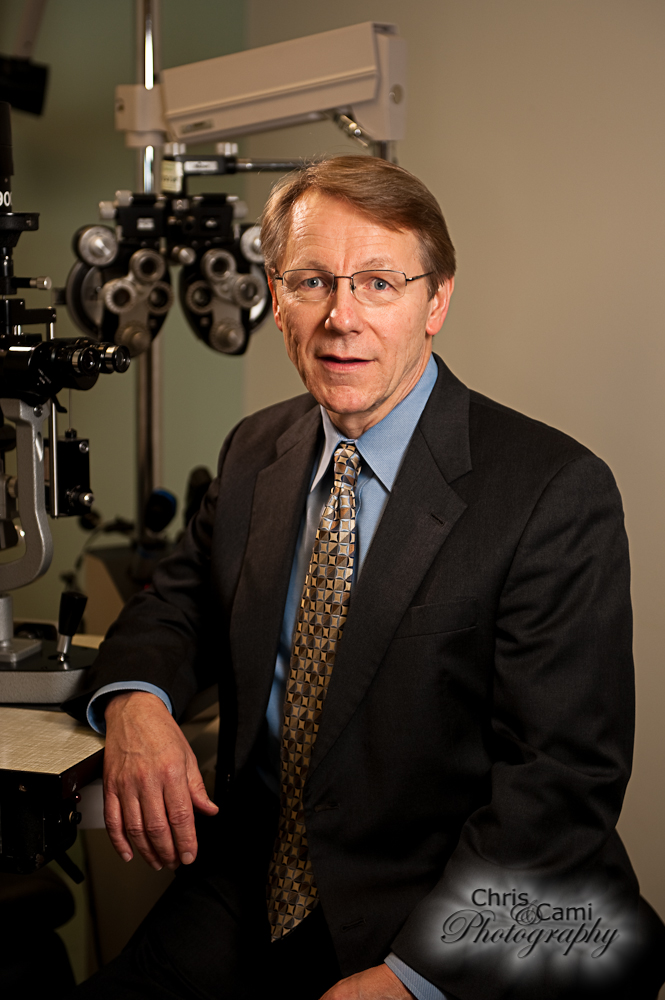
For the final shot, I added a blue gel to a third Nikon SB-800 and put a dome diffuser over that. The light was placed behind Dr. Wilson and aimed at the wall behind him. Images involving technology, science, and medicine can be greatly enhanced with blue light due to our mental association of deep blue colors with the high-tech world. Plus the sharp blue contrasts with the soft warm tone of Dr. Wilson’s face, making our subject stand out.
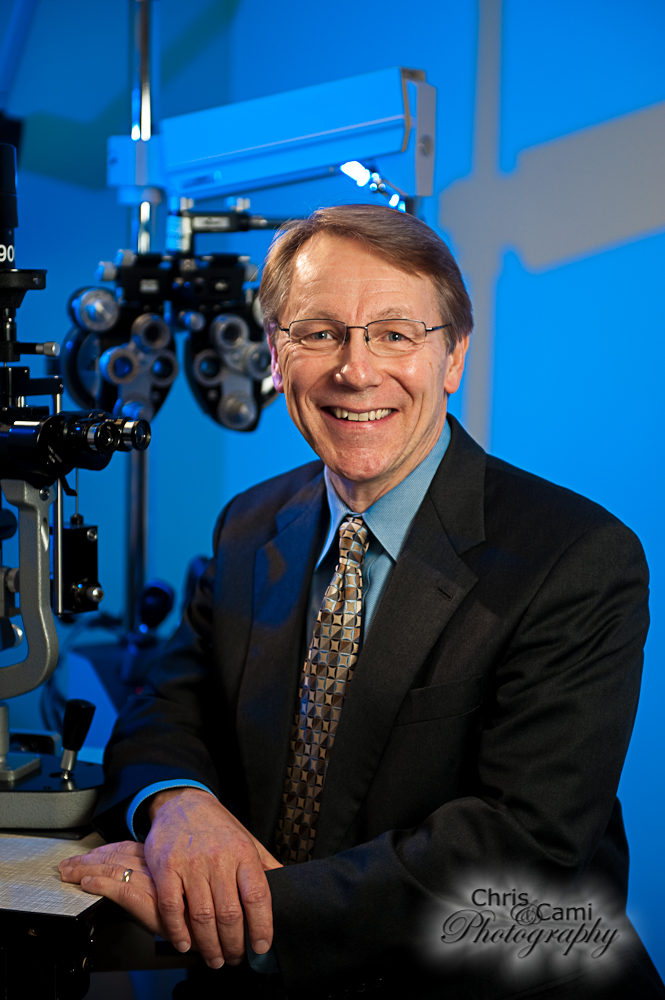
All images were photographed with a Nikon D3 with a Nikkor 24-70 f2.8 and a Nikon SB-900 on it to control the remote flashes through the Creative Lighting System. Each flash was triggered via a RadioPopper Px unit to eliminate the line-of-site limitations of the CLS. I shot at 1/200sec, f2.8, at ISO 200.
